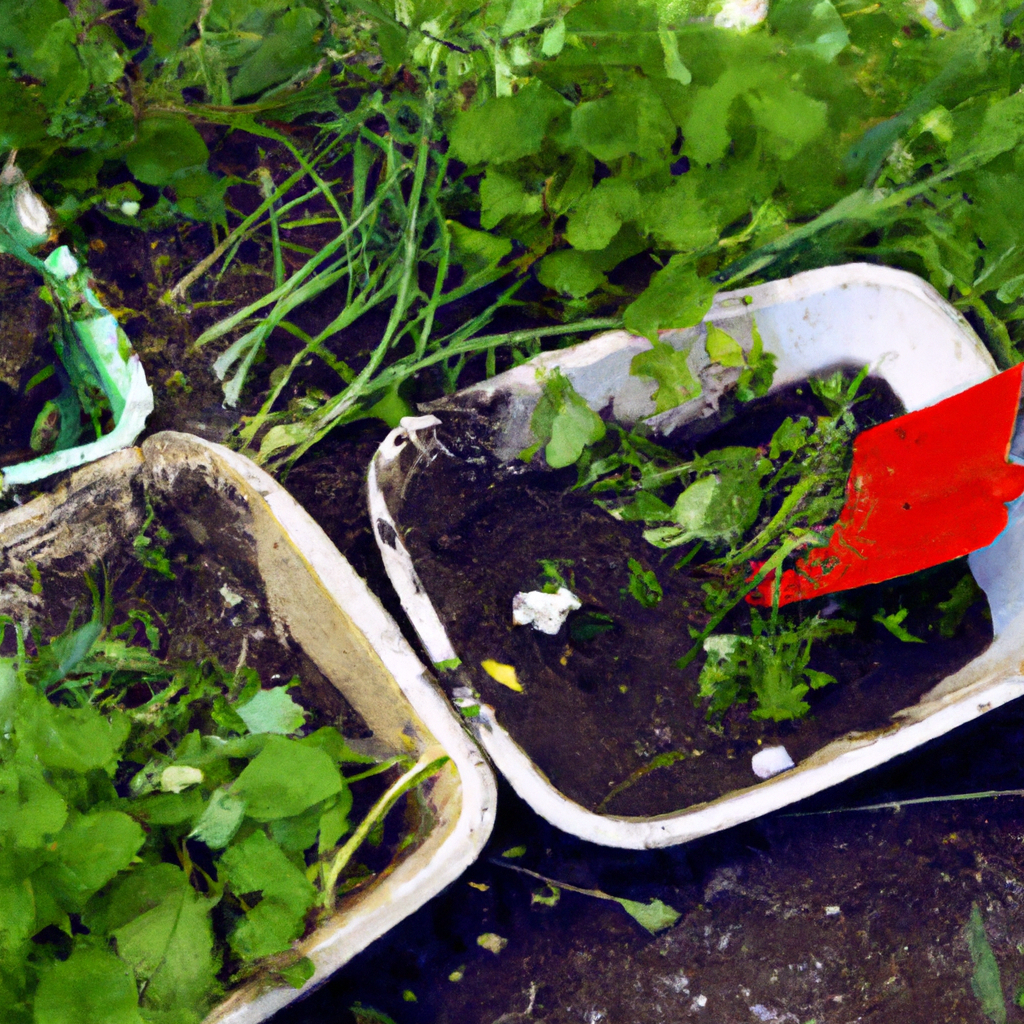Starting a Vegetable Garden in Your Backyard: Tips for Homegrown, Organic Vegetables
Growing your own vegetables is an excellent way to eat healthily, save money, and promote sustainability. A vegetable garden in your backyard can provide you with fresh produce throughout the year, and it can also be a fun and rewarding hobby. If you’re new to gardening, starting a vegetable garden may seem intimidating, but with the right tools, knowledge, and planning, you can create a thriving garden that yields a bountiful harvest. Here are some tips for starting a vegetable garden in your backyard:
1. Choose the Right Location
The first step in starting a vegetable garden is to choose the right location. Look for a spot that gets at least six hours of sunlight a day, has well-draining soil, and is sheltered from strong winds. If your backyard has limited space, consider using containers or raised beds to maximize your growing area.
2. Test Your Soil
Before you start planting, it’s essential to test your soil’s pH level. Most vegetables prefer soil with a pH level between 6.0 and 7.0. You can purchase a soil test kit at your local garden center, or you can send a soil sample to a lab for analysis. Once you know your soil’s pH level, you can adjust it by adding amendments such as lime to raise the pH or sulfur to lower it.
3. Plan Your Garden
Once you have a location and soil that’s suitable for planting, the next step is to plan your garden. Consider the types of vegetables you want to grow, how much space they require, and how much sunlight they need. You can find this information on seed packets or by doing research online. Use a garden planner tool or graph paper to sketch out your garden’s design, including the placement of plants, pathways, and irrigation.
4. Choose Your Vegetables
Choosing the right vegetables for your garden is crucial to its success. Consider the climate and growing conditions in your area, as well as your family’s eating habits. Some easy-to-grow vegetables for beginners include tomatoes, lettuce, cucumbers, peppers, and beans. You can also try growing herbs or fruits such as strawberries or blueberries.
5. Start Your Seeds
Starting your seeds indoors is a cost-effective way to get a head start on your garden. You can purchase seed starting trays and soil mix at your local garden center. Follow the directions on the seed packet for planting depth and spacing. Once your seeds have sprouted, you can transplant them into your garden. If you’re not comfortable starting seeds indoors, you can also purchase seedlings from a nursery or garden center.
6. Water Your Garden
Watering your garden is essential for healthy plant growth. Most vegetables need about one inch of water per week, either from rainfall or irrigation. Use a soaker hose or drip irrigation system to deliver water directly to the roots, which reduces water waste and prevents disease. Water your garden in the morning or evening, when temperatures are cooler, to reduce evaporation.
7. Mulch Your Garden
Mulching your garden helps to retain moisture, suppress weeds, and regulate soil temperature. You can use organic mulches such as straw, leaves, or grass clippings. Apply a two to three-inch layer of mulch around your plants, taking care not to cover the stems or leaves.
8. Fertilize Your Garden
Fertilizing your garden provides essential nutrients for healthy plant growth. You can use organic fertilizers such as compost, manure, or fish emulsion. Apply fertilizer according to the package instructions, taking care not to over-fertilize, which can burn your plants.
9. Harvest Your Vegetables
Harvesting your vegetables at the right time is crucial for optimal flavor and nutrition. Most vegetables are ready to harvest when they are firm, brightly colored, and have a full flavor. Use a sharp knife or scissors to cut your vegetables from the plant, taking care not to damage the stem or leaves.
Starting a vegetable garden in your backyard is a rewarding and enjoyable experience that can provide you with fresh, organic vegetables throughout the year. By following these tips for garden planning, soil testing, seed starting, watering, mulching, fertilizing, and harvesting, you can create a sustainable garden that yields a bountiful harvest. Happy gardening!







